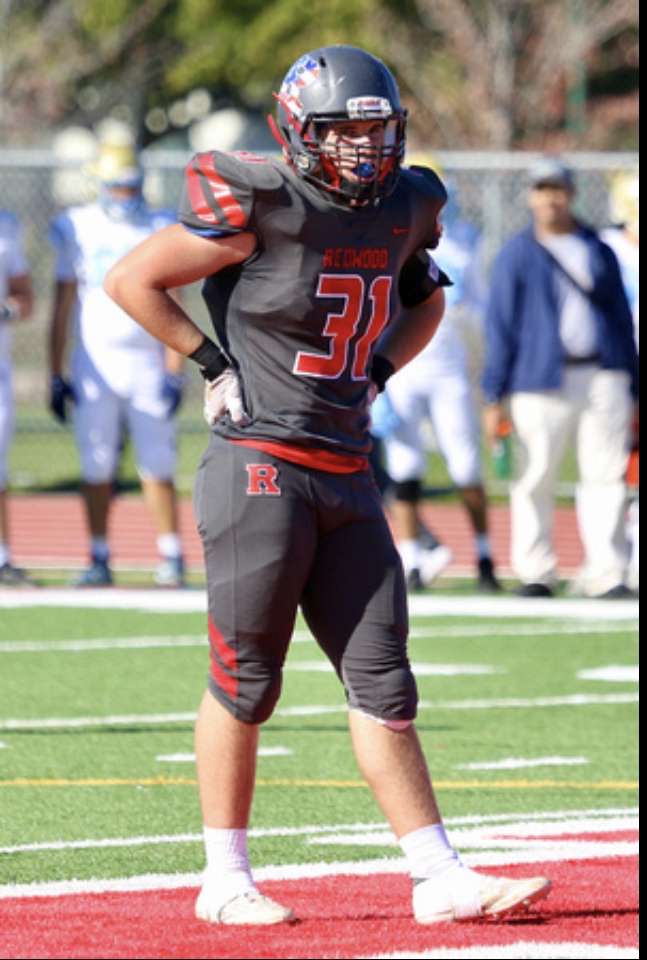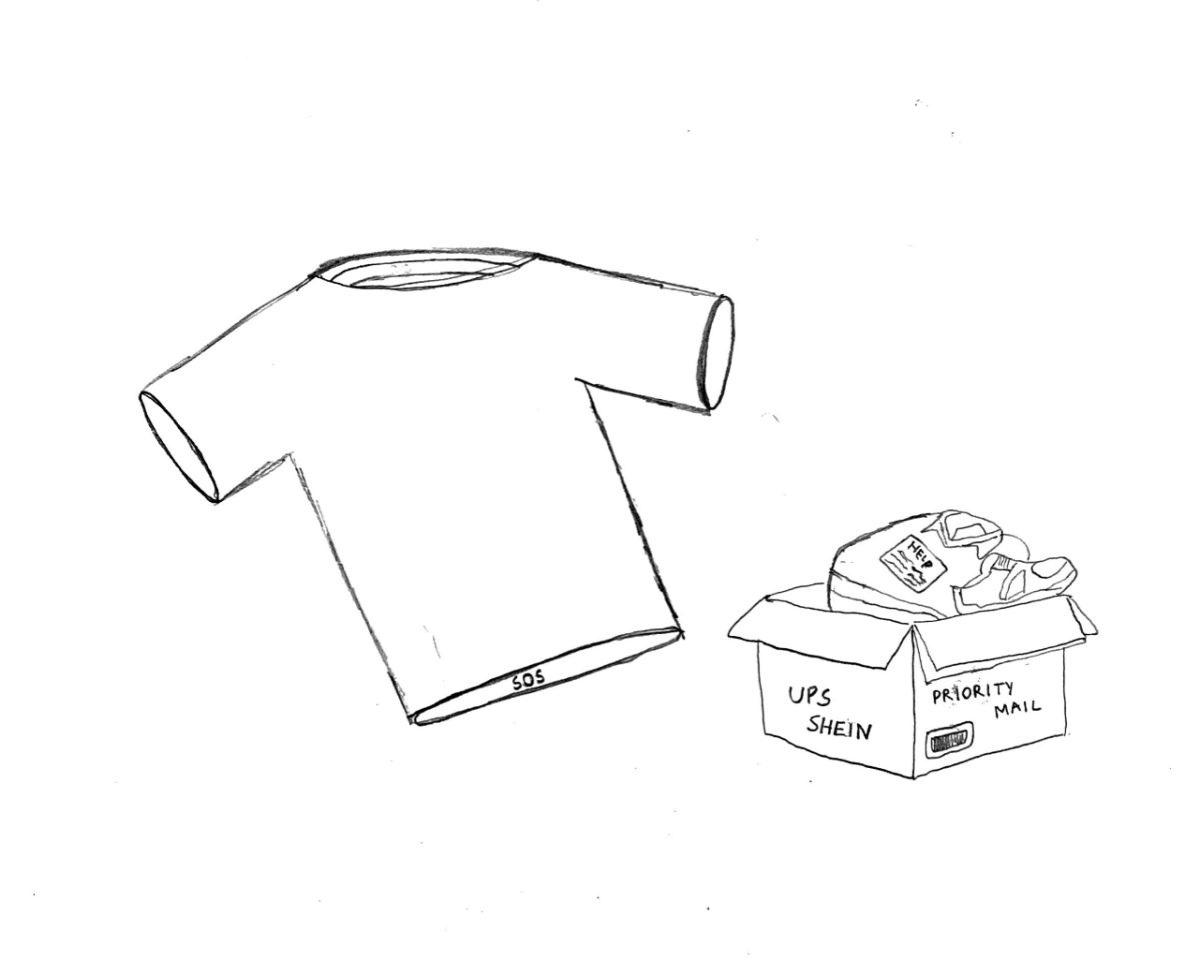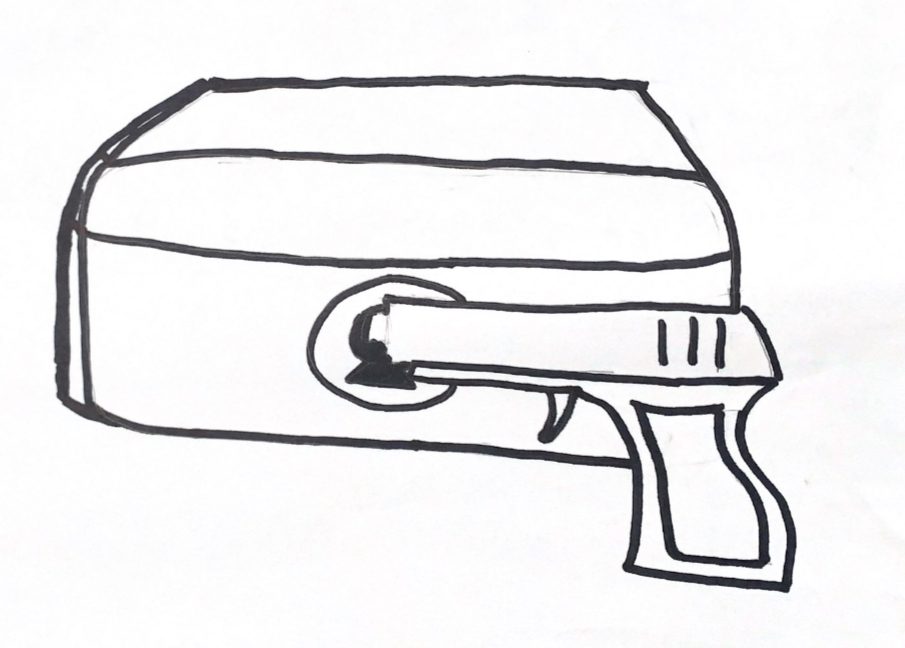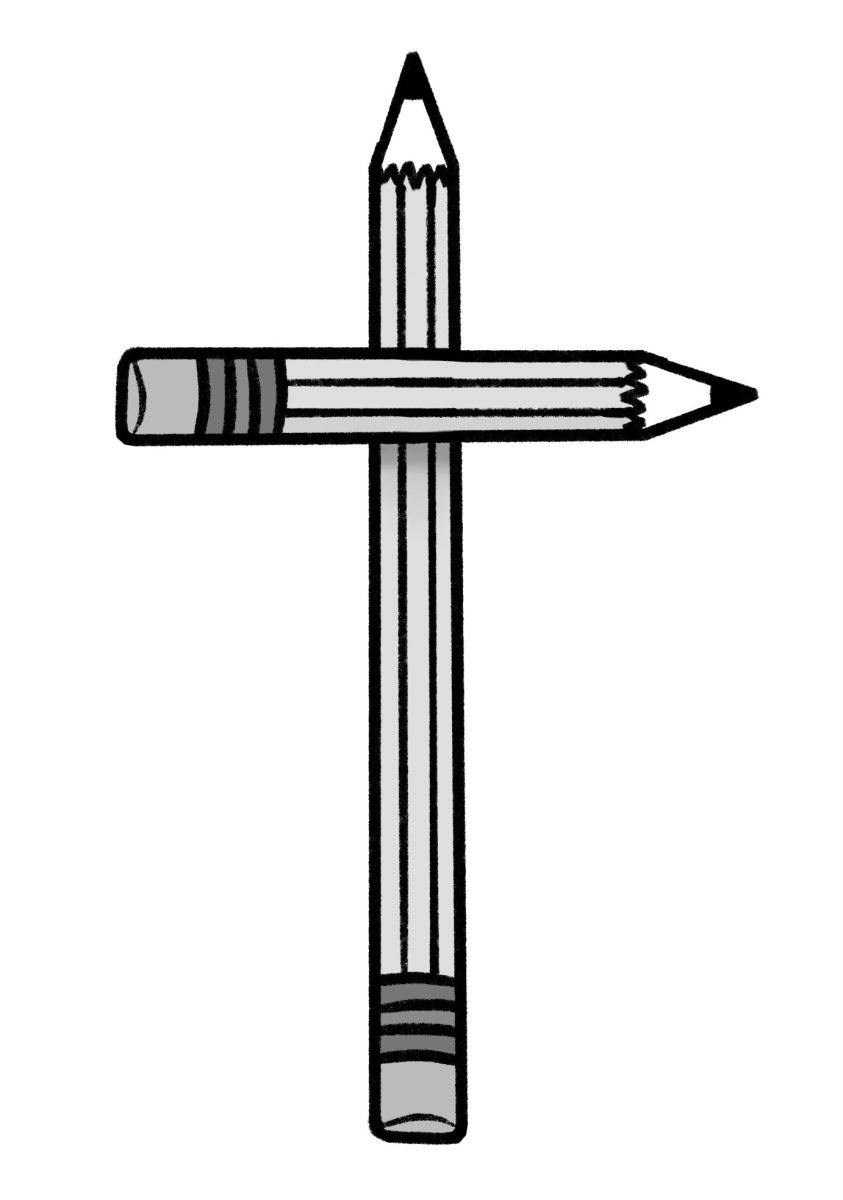From the moment a student enters the school system, they are bombarded with by dress codes dictated by what school officials consider appropriate for them to wear.
According to the dress code in the student handbook, “Shoes and shirts must be worn at all times. Short-cropped and low-cut tops that expose one’s stomach or chest and extremely short shorts/skirts are not appropriate. Underwear should not be worn as outerwear.”
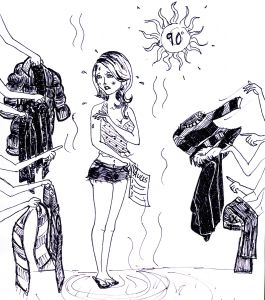
Dress codes are commonly written in a way that mostly monitors the clothing of women with little attention to what men wear. Although each of the guidelines could theoretically apply to non-female students as well, the rules are geared more toward restricting clothing items usually worn by girls.
Students should have the right to express themselves through their appearance without restriction, which includes allowing girls to wear minimal clothing if they wish.
When a dress code restricts the clothing options in favor of conservative apparel, it indirectly sends a message that a body is something shameful that needs to be covered. Rather than promoting modesty as intended, dress codes actually teach students, more commonly girls, to be embarrassed about their bodies.
In the Code and Conduct assembly earlier this year, the dress code was presented in a manner briefly summarized by saying that girls need to keep their business to themselves, boys may not sag their pants, everyone must wear shoes and shirts at all times, and clothing with drug and alcohol references is not allowed.
While the dress code at Redwood is rarely enforced by the administration and is typically left up to the discretion of individual faculty members, the mere existence of such a document is insulting.
At local middle schools such as Kent, Del Mar, and Hall Middle School, students are required to dress to fit an ideal of modesty and are punished if they do not comply. This can leave an impression on students, who then copy this behavior by delivering judgmental comments to their peers on a daily basis. These middle school dress codes are, in essence, bringing systematic slut shaming into high schools.
It is completely acceptable to prefer to dress conservatively, but it is not okay to shame others for not doing the same. People should be able to make personal decisions about what they feel is appropriate on their own body without verbal denouncement from others.
Some might say that it is human nature to judge others, but overt judgement should be discouraged in a school environment where bullying is already an issue.
Some may also argue that schools should have restrictions on dress in order to teach students how to dress professionally in the future. However, if schools were trying to encourage this development, they would also place regulations on wearing pajamas and workout gear to school.
The student handbook also states that students have the right to make individual choices about their appearance as long as they are not harmful or distracting. The policy’s statement is fair, but vague in explaining what constitutes a distraction.
Although the handbook may not explicitly state that the restrictions be enforced unfairly, I have seen through personal experience that these constraints are rarely aimed at boys.
It should never be a woman’s job to cover herself so that people do not have to restrain their wandering eyes.
Blaming a girl for being a distraction has serious implications for rape culture as well. When we place the responsibility on women to deter uninvited gazes, we are, on a larger scale, excusing the perpetrators of rape by saying that rape victims are to be blamed for wearing “promiscuous” clothing.
Saying that a girl needs to cover up so as not to distract boys also implies that male students are incapable of self control. This is problematic because it excuses barbaric classroom behavior such as unwanted comments or harassment.
Instead of having regulations on apparel that confines us, perhaps we should encourage high school students to explore their own sense of style and develop positive attitudes towards their bodies. After all, it is just an outfit.


